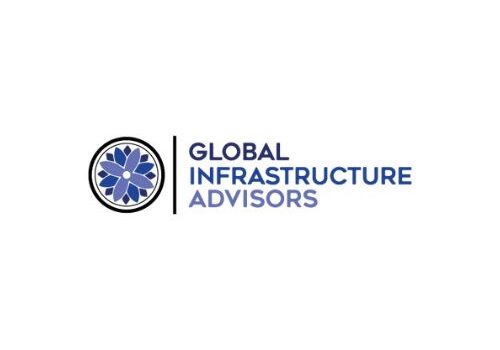 Finance
Finance
Top Financing Structures in Project Finance for Renewable Energy
The global transition to clean energy is accelerating, and with it comes an increasing need for innovative financial models that support large-scale renewable energy developments. From solar farms to offshore wind projects, each venture requires significant upfront capital. That’s where project finance for renewable energy becomes essential—enabling developers to secure funding by leveraging the project’s future cash flows rather than relying solely on corporate balance sheets.
Understanding the various financing structures within project finance is crucial for stakeholders, investors, and developers alike. Choosing the right model can affect not just the financial viability of a project but also its long-term sustainability and risk exposure.
1. Non-Recourse or Limited Recourse Financing
One of the most common structures in renewable energy project finance is non-recourse or limited recourse financing. In this model, lenders are repaid solely from the project’s revenues, not from the general assets of the borrower. If the project fails, lenders have limited claims—typically only against the project’s assets and cash flows.
This structure is attractive for developers because it limits liability. However, it requires careful planning and comprehensive risk assessments since lenders will scrutinize the project’s contracts, cash flow forecasts, and operational structure before committing capital.
2. Equity Financing
Equity financing involves raising funds through the sale of shares in the project or the company developing the project. Equity investors take on more risk than debt providers but also stand to gain from the project’s success through dividends and asset appreciation.
This structure is often used in the early stages of a project when risks are highest, and traditional lenders may be hesitant. Common equity investors include institutional funds, private equity firms, and sometimes governments or development banks in public-private partnerships.
3. Debt Financing and Green Bonds
Debt financing, often in the form of loans from commercial banks, multilateral development banks, or infrastructure funds, plays a crucial role in project finance. Fixed-rate loans are preferred to ensure predictable repayment schedules, especially for long-term renewable energy projects with stable revenue streams.
Green bonds have also emerged as a major tool in renewable energy finance. These are debt instruments specifically earmarked to raise money for climate and environmental projects. Issuers of green bonds benefit from access to a wider investor base, and investors enjoy transparency and alignment with ESG (Environmental, Social, Governance) criteria.
4. Tax Equity Financing (Primarily in the U.S.)
In markets like the United States, tax equity financing is a popular structure due to federal tax incentives for renewable energy. Under this model, a tax equity investor provides capital to a project in exchange for tax benefits, such as Investment Tax Credits (ITC) or Production Tax Credits (PTC).
While this structure is highly effective in U.S. markets, it’s not widely used globally. However, other countries may have similar incentive-based financing mechanisms tailored to their own tax codes and energy policies.
5. Public-Private Partnerships (PPPs)
PPPs are increasingly being used to finance renewable energy infrastructure, especially in emerging markets. These partnerships allow public sector entities to collaborate with private firms to finance, build, and operate renewable projects. Governments may offer guarantees or subsidies to reduce the risk for private investors, making the project more financially attractive.
PPPs are beneficial in bridging the financing gap for large, capital-intensive renewable energy projects, particularly where public funding alone would be insufficient.
6. Securitization and Yieldcos
Securitization involves pooling together revenue-generating assets, like solar leases or power purchase agreements (PPAs), and selling them as securities to investors. Yieldcos, on the other hand, are publicly traded companies created to own operating renewable energy assets, offering investors consistent dividends from the cash flows of these projects.
These structures are particularly useful for freeing up capital from existing projects to reinvest into new developments.
Conclusion
The choice of financing structure plays a critical role in determining the success and scalability of any renewable energy project. From debt and equity to more complex structures like tax equity and securitization, each approach has its own advantages, risks, and applicability based on the project’s scope, location, and financial landscape. Understanding these models helps stakeholders optimize returns while minimizing risk and promoting sustainability.
For businesses and developers seeking expert support in structuring and managing project finance for renewable energy, Global Infrastructure Advisors offers deep industry expertise and tailored financial solutions to bring clean energy visions to life.



